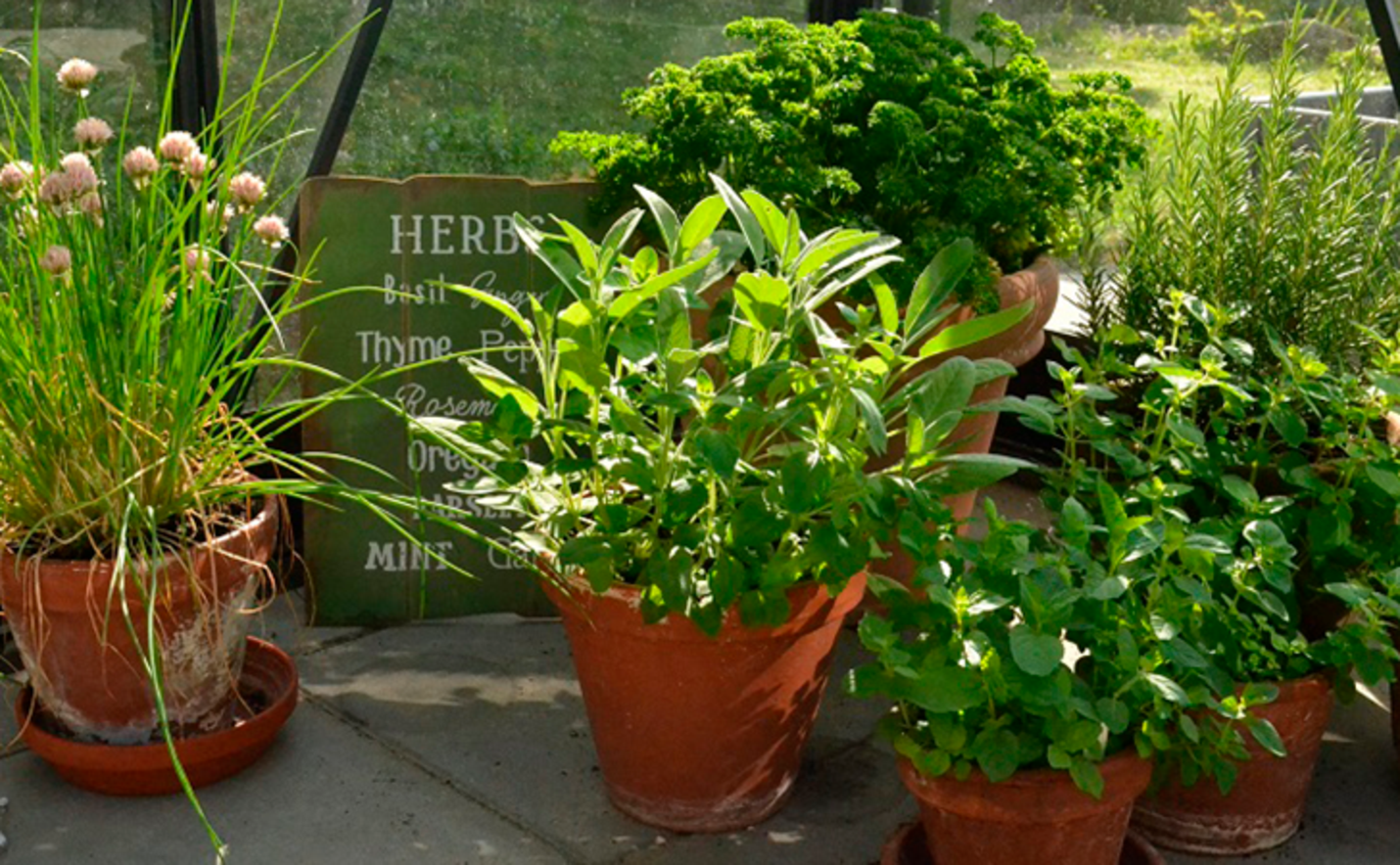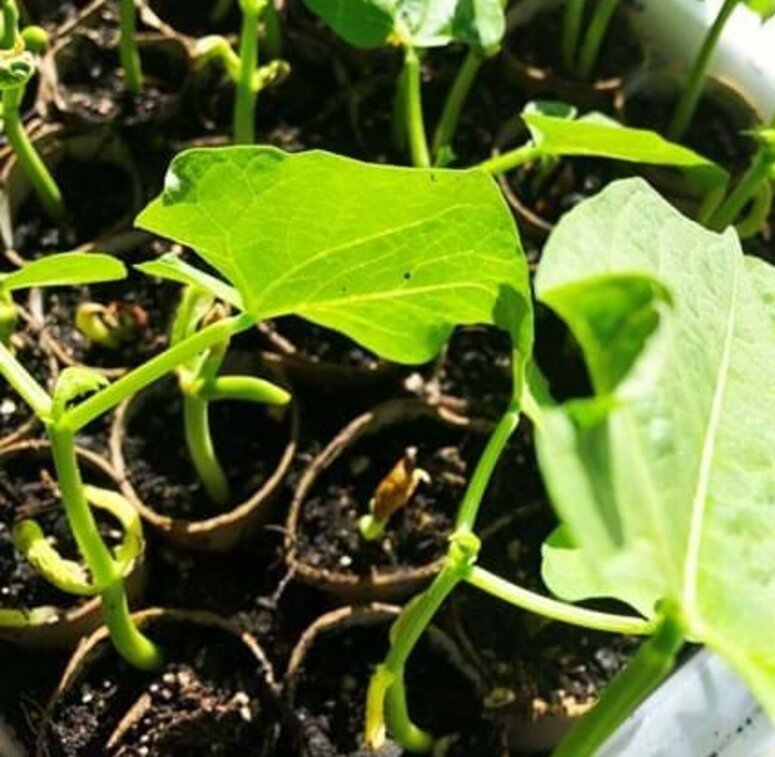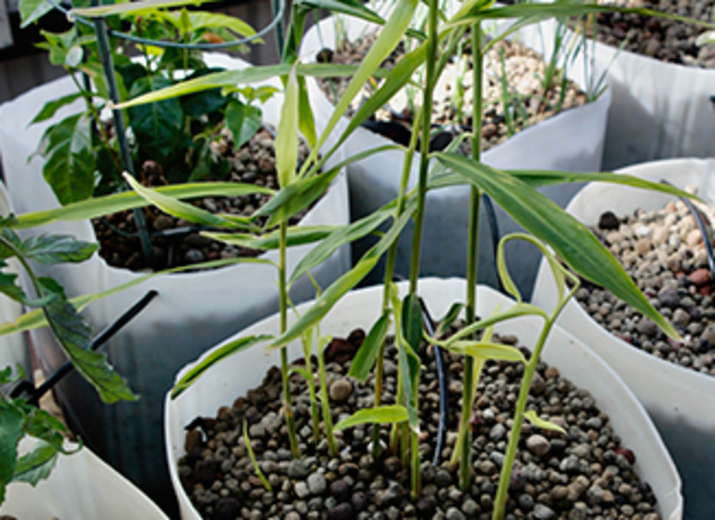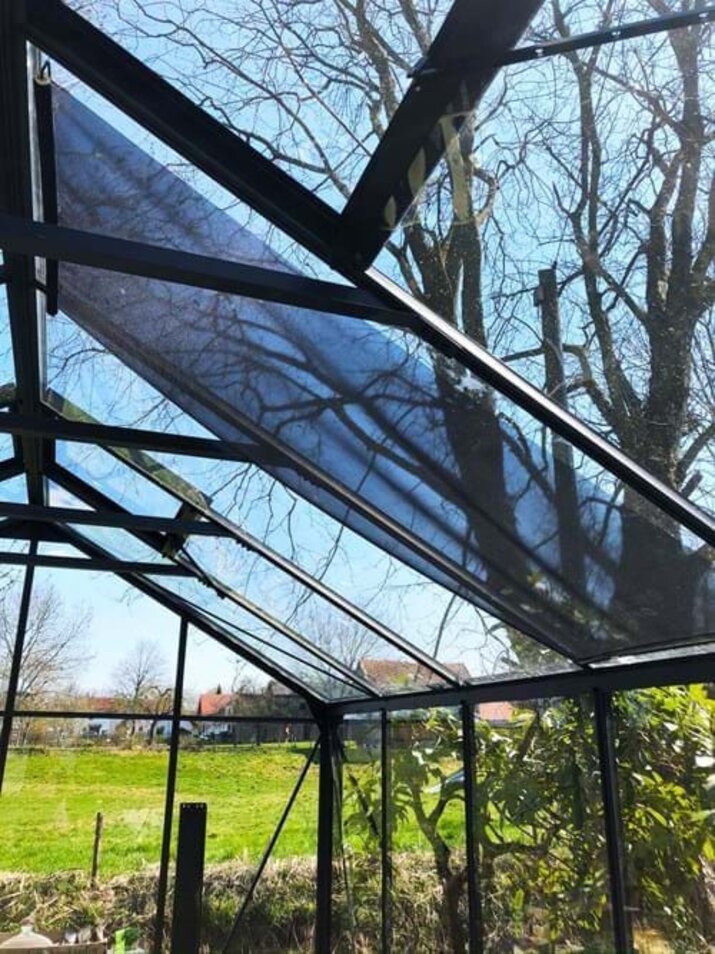My First Year in The Greenhouse
10 tips for beginners by Alexandra Lehne.
Help yourself by planning the season in order to get a good start. Everyone who buys a greenhouse, usually has a lot of questions and wishes.

TIP 1
Start slowly and make a list of the things that are most important for you in your garden.
- Would you like to grow vegetables?
- Do you prefer annual summer flowers?
- Would you like to use your greenhouse to overwinter sensitive plants?
- Would you like to create a lounge area in your greenhouse and only work on a few blooming plants?
- Or do you want a little bit of everything?
TIP 2
When you made your decision, start preparing accordingly.
If you want to grow vegetables, set up an area for beds and a place to pre-germinate the vegetables. A table is suited for this, and you might consider a mini greenhouse for your seeds.
If the only thing you want is to grow cut flowers, put up shelves to utilise the full hight of your greenhouse and free up more floorspace. A top shelf is another opportunity to utilise the space more effectively. Just make sure not to forget about it. The top shelf is closer to the sun, and therefore it needs more water and care.

If the primary use of your greenhouse is for sitting or to work, it is an advantage to have a proper flooring; consider for example bricks or tiles. There are tons of options, but I recommend matching the style of the flooring in your greenhouse with the rest of the garden and maybe an already existing terrace.
I have chosen a combination because I want to do EVERYTHING in my greenhouse. That is why I have made a bed, set up an old plant table as well as shelves. I do have plans to have nice flooring too. At the moment, however, I have gravel in the greenhouse and that works fine as well, because excess water easily flows away. At the same time the mineral mixture keeps the water for a while and the humidity helps the plants to grow.
TIP 3
Make a list of the plants you would like to grow in advance, but prioritize and limit yourself, or it quickly becomes too much.If you want to grow vegetables,
I recommend starting with easy sorts. Growing easy vegetables is also a great project you can do together with your children.I recommend the following vegetables:
Tomatoes
Onions
Beans
Courgettes
Pees
Herbs
Salad

TIP 4
In addition to heat and light, vegetables need good soil, so they can grow and produce many crops.
It can be challenging to find the right soil – a little experimenting is often required. It is important to know, that some plans need more fertiliser than others. That is why, vegetables used to be grown in turns, to best utilise the soil and to prevent any diseases. This created a lack of space and time and therefore other cultivation methods have shown to be just as exiting and productive. But still be aware of good neighbour plants and crop rotation.
The question of fertilisation is probably as old as kitchen gardens. Of course, it depends on the right fertiliser, but furthermore on the right time. To figure out if the soil needs fertilising, do an analysis of the soil.
From an organic point of view, avoid mineral fertiliser in your kitchen garden and chose organic fertiliser instead. This comes in the shape of compost, nettle fertiliser, or horse or chicken manure - just to name a few examples.
Fertiliser must be mixed into the soil when the bed is being prepared. In addition, use fertiliser from June, especially if you are cultivating plants which require a lot of nutrients.
TIP 5
As mentioned before, you should not only be aware of the right soil conditions but also about optimal neighbouring plants. Some plants tolerate each other better than others or even support each other.
The plants that don’t fit together well, I plant in separate pots. Herbs get a separate place as well. Chives need other conditions than rosemary or oregano. Basil goes well with beets, the same with salad, and salad goes with almost everything
TIP 6
It is important to write down and mark where you planted your plants and when. This way you will keep an overview over where and when to re-plant.
In addition, plan for when it is time to repot and harvest. It is an advantage to make labels with the name of the plant as well as the date of its pre-germination

TIP 7
Optimal watering is very important. Often there is not enough time to water the plants every night, even though I find it very relaxing and meditative. An automatic irrigation system is therefore a great option to consider. Automatic irrigation systems are suited for the greenhouse and not only save you time but provide your plants with the water they need.
Tomato plants like to be watered from below, directly at the roots. This minimises the risk of diseases and keeps the amount of evaporation low. If you water by using a sprinkler, do it either in the morning or in the night to avoid the plants burning in the sun.
Check out Juliana’s Greenhouse accessories to find more options.
TIP 8
Diseases and pest attacks can also occur in the greenhouse, as a greenhouse has the perfect conditions for some of them. I prefer biological plant protection and some insects are excellent helpers. Use for example ladybugs against aphids or predatory mites against spider mites.
TIP 9
Depending on your greenhouse placement, it usually heats up fast in the sun. When the vegetables are too hot, they stop growing. Make sure to air out regularly and provide shade for your plants if necessary. Use for example blinds, a net, or curtains, but make sure the fabric is suited for the greenhouse.
Because of the high humidity in connection with the cultivation of vegetables and other plants, cotton can quickly become mouldy. I use the black blinds from Juliana, which are easy to put up

TIP 10
Look after your greenhouse regularly, so it will stay beautiful for a long time. Especially wood is prone to rot.
When the windows are dirty, less sun will shine through. It is therefore a good idea to clean them regularly. I use water and a sponge, and for the top windows I place the sponge on a long stick. I prefer to clean my greenhouse on a rainy day, to save water, and to avoid ugly spots, which can occur when the sun dries the windows too fast.
Empty pots and bowls I clean and place in my shed. A little designer tip: I like to paint old, ugly pots and bowls. This way, they appear new, and your greenhouse gets fresh new colours. Suitable paint is available in hardware stores or at your local painter.
